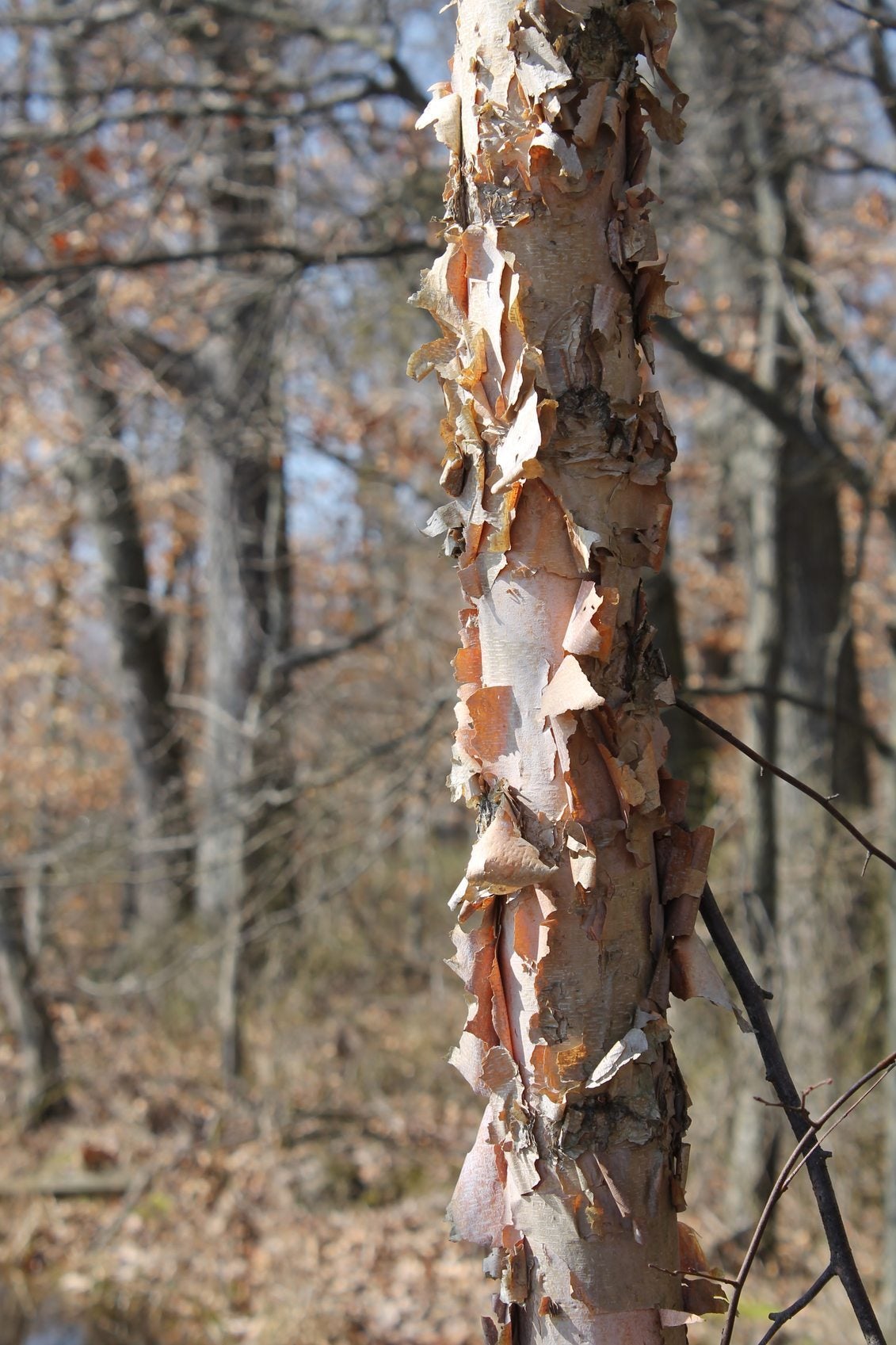
The river birch is a popular tree for river banks and wet parts of the garden. Its attractive bark is especially striking in the winter when the rest of the tree is bare. Keep reading to learn more river birch tree facts, such as river birch tree care and effectively using river birch trees in the landscape of your home.
River Birch Tree Facts
River birch trees (Betula nigra) are hardy in USDA zones 4 through 9. They are more heat tolerant than most of their birch relatives, making them a good choice in many parts of the southern U.S.
They grow naturally in wet environments along river and stream banks, so they are used to very moist soil. They will tolerate soil that is acidic, neutral, or alkaline, as well as poorly or well-drained soil. Though they do best in moist conditions, they tolerate drier soil better than other birch trees do.
These trees prefer full sun but will tolerate partial shade. They tend to grow between 40 and 70 feet (12-21 m.) in height.
Growing River Birch Trees in the Landscape
In nature, you will most likely find a river birch tree growing near water. Because of its affinity for wet, heavy soil, planting a river birch tree can fill in spaces where nothing else seems to grow.
If you have water on your property, consider lining it with river birch trees. If you don’t, planting a river birch tree or two in your yard will make for an attractive specimen and shade tree. Surround the tree with heavy mulch to help keep the roots wet and cool.
River birch trees can be grown direct from seed or planted as saplings. When seeds or saplings are starting out, it’s important to control weed competition nearby either with weed fabric or select herbicidal spraying.
The river birch is a popular tree for river banks and wet parts of the garden. Its attractive bark is especially striking in the winter when the rest of the tree is bare. Keep reading to learn more river birch tree facts, such as river birch tree care and effectively using river birch trees in the landscape of your home.
River Birch Tree Facts
River birch trees (Betula nigra) are hardy in USDA zones 4 through 9. They are more heat tolerant than most of their birch relatives, making them a good choice in many parts of the southern U.S.
They grow naturally in wet environments along river and stream banks, so they are used to very moist soil. They will tolerate soil that is acidic, neutral, or alkaline, as well as poorly or well-drained soil. Though they do best in moist conditions, they tolerate drier soil better than other birch trees do.
These trees prefer full sun but will tolerate partial shade. They tend to grow between 40 and 70 feet (12-21 m.) in height.
Growing River Birch Trees in the Landscape
In nature, you will most likely find a river birch tree growing near water. Because of its affinity for wet, heavy soil, planting a river birch tree can fill in spaces where nothing else seems to grow.
If you have water on your property, consider lining it with river birch trees. If you don’t, planting a river birch tree or two in your yard will make for an attractive specimen and shade tree. Surround the tree with heavy mulch to help keep the roots wet and cool.
River birch trees can be grown direct from seed or planted as saplings. When seeds or saplings are starting out, it’s important to control weed competition nearby either with weed fabric or select herbicidal spraying.
